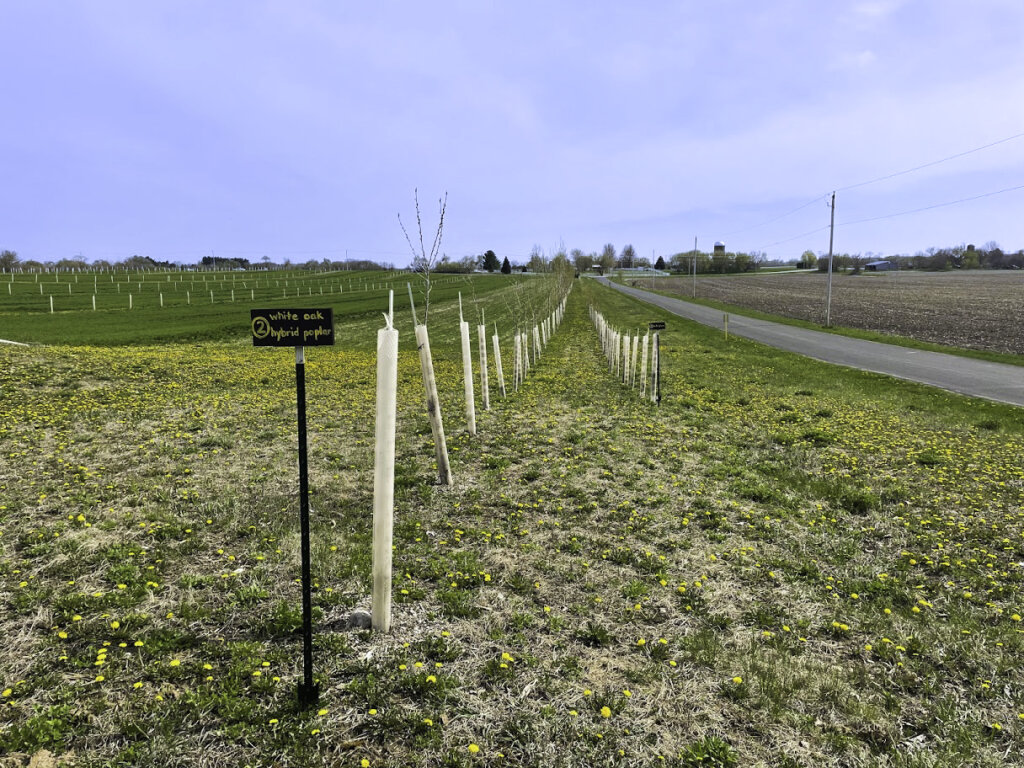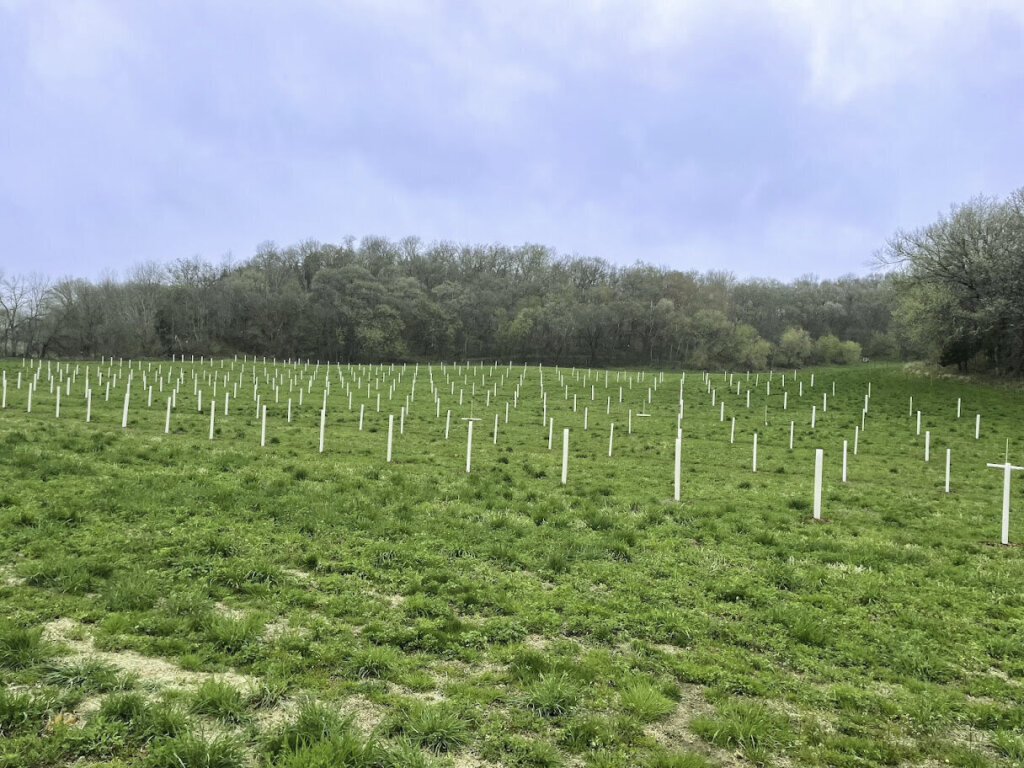AgroForestry Land (AFL): Bridging Landowners and Farmers for a Sustainable Future
Agroforestry is defined as the intentional integration of trees and perennial shrubs into livestock or crop systems. At AgroForestry Land (AFL), we like to think of it as simply: planting trees with a purpose.
While agroforestry offers a multitude of benefits such as diversifying income, increasing crop yields, reducing labor inputs, and improving carbon sequestration, its widespread implementation across the country has faced challenges. This article aims to address these obstacles and shed light on the solutions provided by us at AFL, a platform dedicated to accelerating the adoption of agroforestry.
Challenge One: Addressing Lack of Awareness
One of the primary barriers to agroforestry adoption is the lack of awareness among landowners. Many landowners, including farmers, investors, hunters, and recreation enthusiasts, remain unaware of the potential benefits that agroforestry practices can bring to their land and financial well-being. Consequently, they may believe that the only way to profit significantly from their land is to sell it, often to developers for conventional housing projects. At AFL, we recognize this knowledge gap and have developed a platform to bridge the information divide.

Our website, AgroForestryland.com, serves as a comprehensive listing service connecting agroforestry farmers with private and public landowners to implement agroforestry systems on their land. Using this platform, agroforestry farmers can reach out to landowners who have created listings and work together to form farmland leases or partnerships.
By facilitating these connections, we aim to empower landowners to explore the possibilities of agroforestry and discover how it can transform their properties. Our website also features galleries showcasing stunning visuals of agroforestry demonstration farms in Oregon, Washington, and Wisconsin (with more to come), offering landowners a glimpse into the aesthetic appeal and potential of agroforestry systems.
In addition to our online platform, we have and continue to collaborate with numerous organizations to promote agroforestry through various channels, including social media, blogging, and word-of-mouth initiatives. By leveraging these partnerships, we strive to increase agroforestry awareness and facilitate its wider adoption among landowners.

Challenge Two: Overcoming Implementation Costs
Another significant challenge faced by those considering agroforestry is the cost associated with implementing such systems. Planting dozens to hundreds of trees can be a substantial upfront investment, and it can vary significantly depending on the type of tree you are planting and the stage of growth it is in.
Moreover, trees and perennial shrubs typically require a minimum of three years to reach maturity before they can be harvested for fruit and nuts (and potentially several decades if harvested for timber). This delay in generating revenue can be particularly burdensome for agroforestry farmers, especially those who rely on farming as their primary source of income and/or lease the land they cultivate.
To address these financial challenges, we strongly advocate for the establishment of customized farmland leases or partnerships between landowners and agroforestry farmers. Such agreements allow both parties to share the initial investment costs, share profits from crops, and establish long-term commitments (five years or more) that enable them to maximize the benefits of agroforestry. By fostering these cooperative arrangements at AFL, we look to alleviate the financial burden associated with implementing agroforestry systems for landowners and agroforestry farmers.
Conclusion
Agroforestry offers landowners a unique opportunity to generate income while retaining ownership of their land. Instead of resorting to conventional options like selling their property, clearing more acres, or adopting labor-intensive farming practices, landowners can embrace agroforestry to improve the profitability and efficiency of their land.
In addition to this, with the increased demands for food production and climate resilience, agroforestry emerges as one of the most practical and cost-effective solutions available. Recognizing this, numerous organizations, including the United States Department of Agriculture, have actively embarked on public education campaigns to promote agroforestry and encourage its widespread adoption. By embracing agroforestry practices, landowners not only secure a sustainable future for their land but also contribute to crucial agricultural and environmental goals.
If you are a landowner seeking to invest in one of your most valuable assets, we invite you to create a free listing on our platform. Remember, they say money doesn’t grow on trees, but with agroforestry, it can. Start exploring the possibilities today and unlock the potential of your land through agroforestry with AFL.


